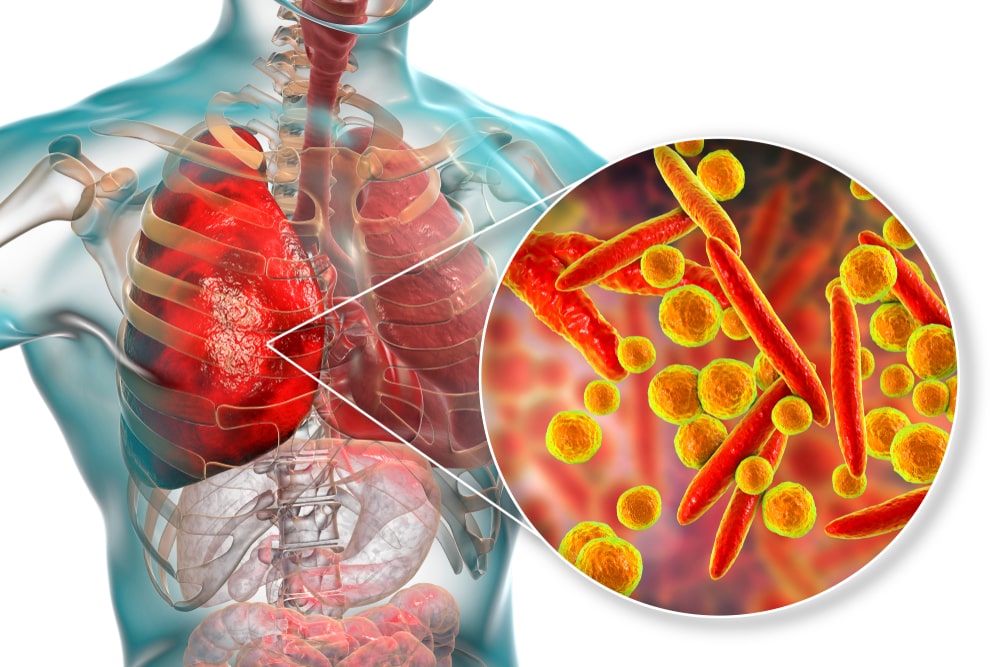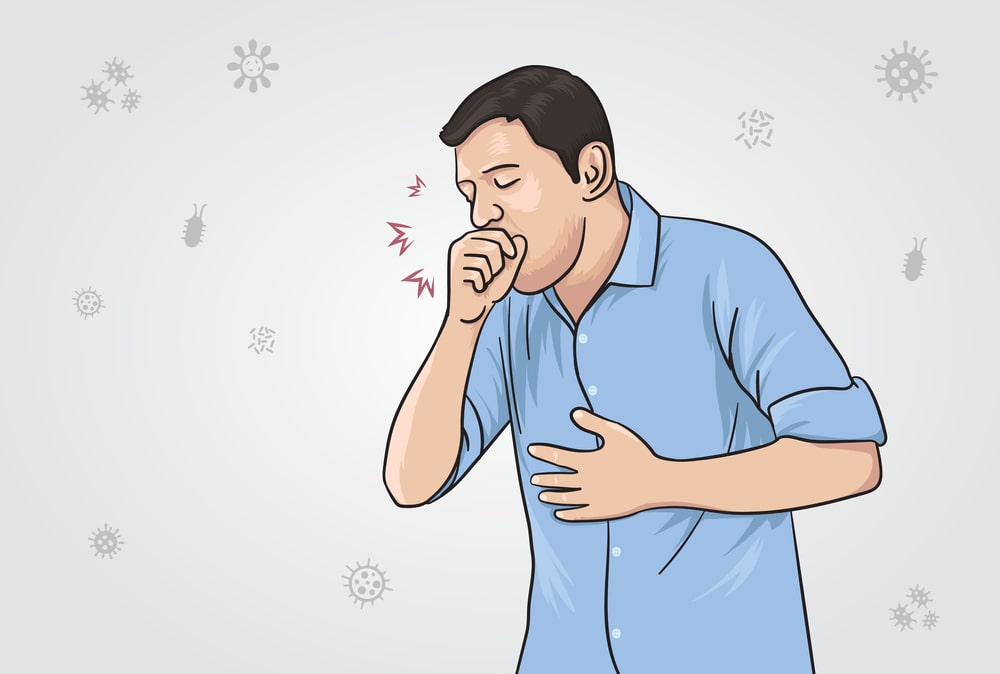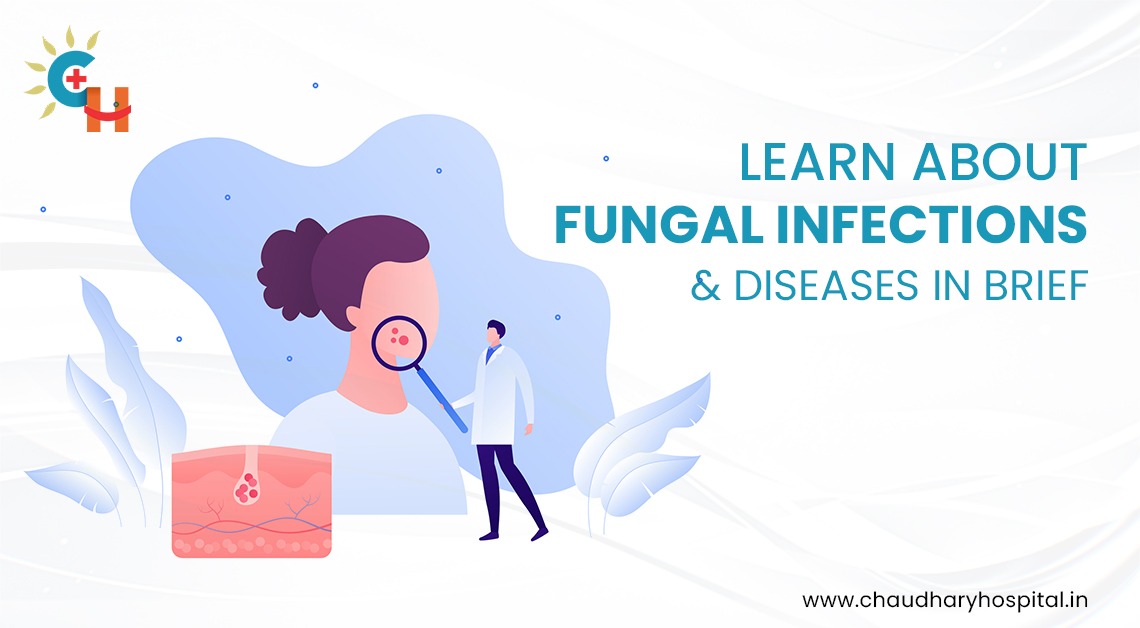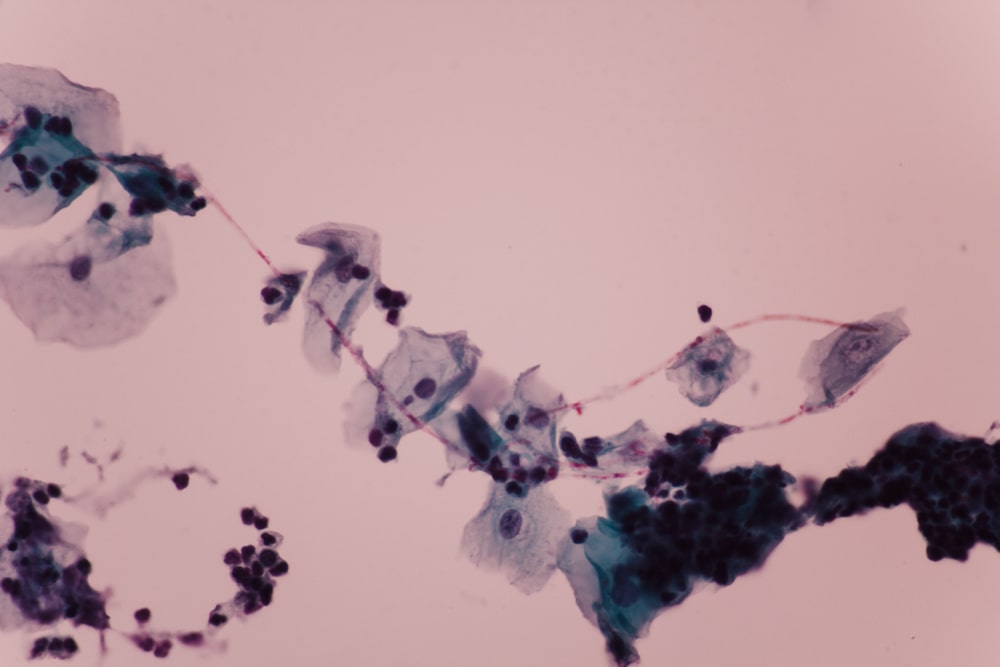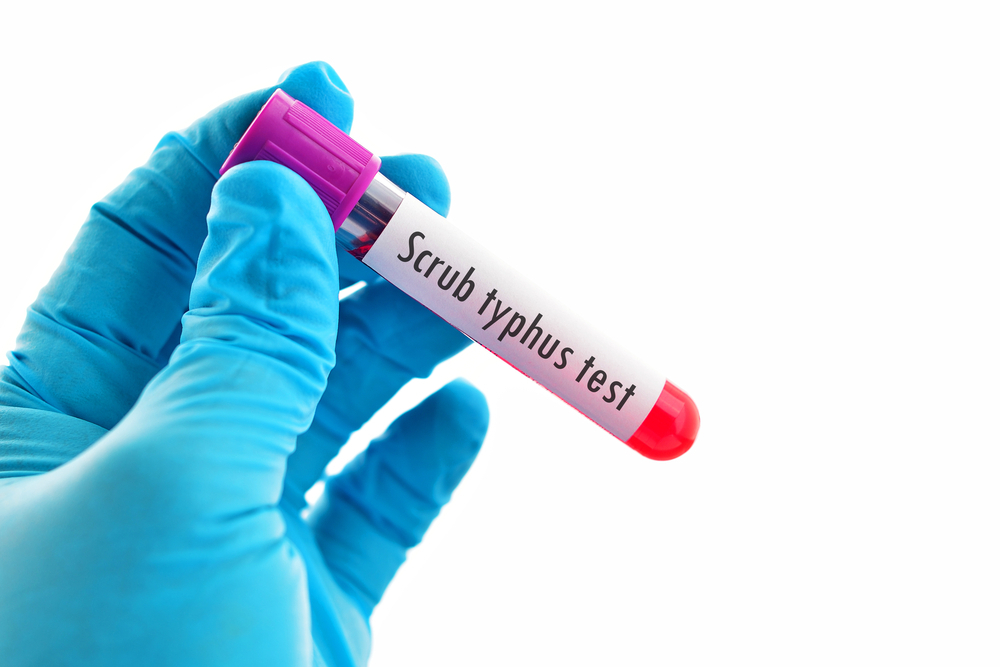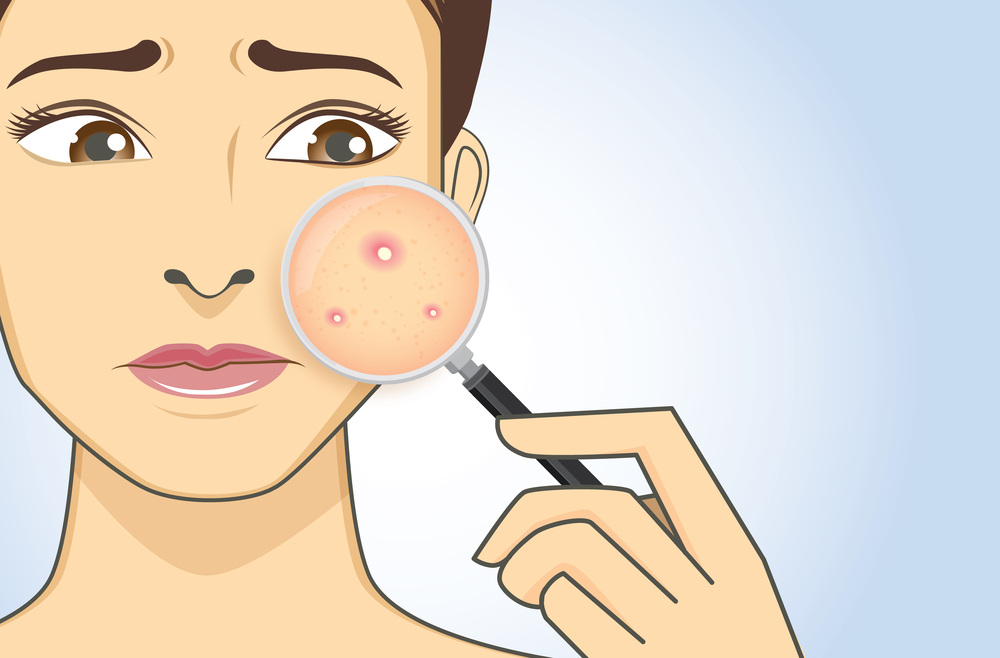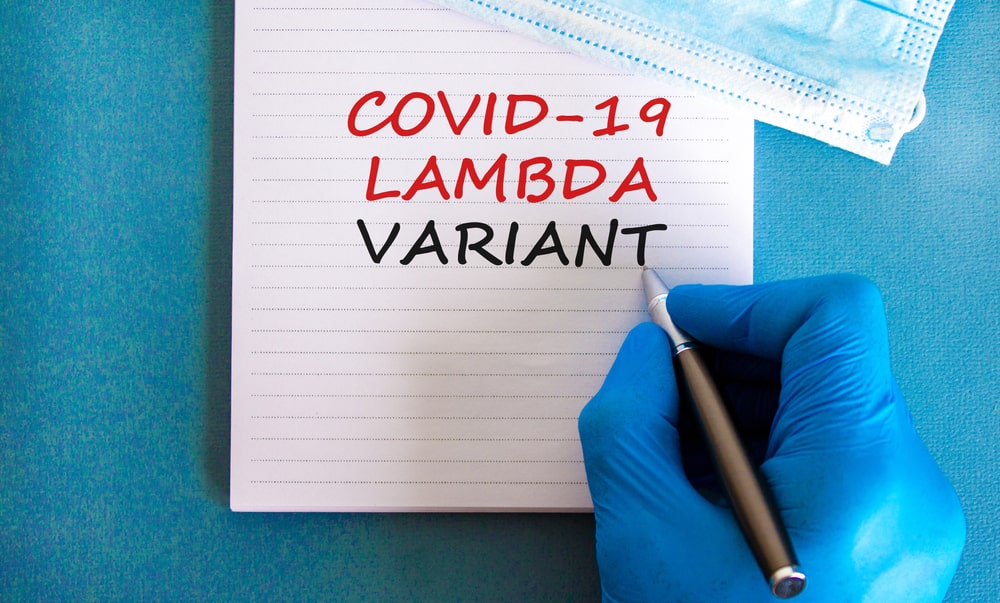Finding the right physician is crucial for any treatment. Your primary care physician is the person you will approach for all of your medical issues. They are there to assist you and make necessary decisions for your health by advising, educating, examining, and treating you. There are different types of doctors who can deliver prime care to a patient. Finding the proper doctor will require clarification of your wants and needs from a physician.
Amidst the wide choice, there are several practical aspects to consider before looking for a primary care physician. These factors include – area, eligibility, individual medical needs, and more. Choosing a physician that is far from your region or out of the network can be costly and cumbersome, that is why the following factors should be considered. Patients have a lot of alternatives when it comes to finding a new primary care physician.
It is important to find a doctor you can trust and openly share your problems with. But, when you’re going through a huge list of names on websites and in directories, it is not as easy to identify your health partner (physician). Here are some vital factors to consider while finding a primary care physician:
Recommendations from Friends and Family
Asking for referrals from people you trust is one method to find a primary care physician to fit your convenience. Your family, friends, and coworkers can provide you with valuable information about the doctors they go to.
You can also seek recommendations from allied health professionals like – pharmacists, dentists, physical therapists, and other healthcare professionals who may be able to provide you with useful information on primary care physicians. Furthermore, they may be able to make alternative medical recommendations for you to consider in your search.
Consider the Locality
Before making a decision, ask these questions – ‘How far is the hospital or the physician’s practice center’? ‘How long will it take to reach the place’. The doctor that you have chosen might fit all the brackets but if they are not near to where you live, it can be cumbersome to travel to get the appropriate treatment. Consider that how far is the doctor from your home, school, or office. You will find plenty of health professionals in certain localities while few or none in others. Hence, distance is a vital factor to consider here.
Availability of the Doctor
What are their practise hours? Are they available at the time of emergency or if you need them at night? Are on-call services available? How long does it take to get an appointment? Does the physician offer online check-ups and advice?
While selecting your primary care physician make sure you have the perfect answers to all the above-mentioned questions as per your needs and requirements. A doctor’s availability at any time is important for a patient and especially at the time of emergencies. Hence, make sure the doctor that you choose is easily available whenever you need them.
Is the staff friendly and professional?
You’ll interact with the hospital staff on a frequent basis. Many of your encounters with your primary care provider will be handled by other medical professionals like nurses, receptionists, compounders, etc. Their services would include scheduling and rescheduling appointments, addressing billing concerns, and requesting refills.
Consider these points – What is the staff’s approach towards your problem? Do they address your questions appropriately? Do they bridge the communication between you and the doctor?
Practitioners that meets your health and medical needs
Every doctor is a professional, but the biggest concern is whether they have expertise in the area where you seek proper treatment. A primary physician can be of any type – Family Practice, Internal Medicine, or General Practice. There are also pediatricians or doctors that specialize in children, who will function as your child’s main care physician.
- Family Practice – The practitioners of FM are general physicians and treat people of all ages from newborns to the elderly.
- Internal Medicine – Internal Medicine physicians generally specialize in adult treatment prevention, diagnosis, and treatment of disease and chronic disorders.
- General Practice – General practitioners are very similar to Family practice physicians and treat patients of all ages.
Visit the doctor
A face-to-face meeting and an office visit are the only ways to fully tell if you’ve chosen the correct doctor. Your primary care physician should be someone you can trust and rely on when it comes to managing your healthcare. Discuss any current medicines you’re taking as well as your medical history with him or her to ensure that you’re on the same page when it comes to managing chronic diseases.
You should also evaluate other environmental factors like hygiene, treatment methods, the doctor’s response towards you, etc.
Conclusion
While making a decision for a primary health provider, ask your friends, family, work colleagues, etc. The Internet can be quite useful for you. Here are the following things that you should consider before making a decision regarding your physician:
- Area
- Time and availability
- Access to online health checkup
- Language of communication
It may take some time and effort to find the appropriate provider, but the benefits of having a primary care physician you can trust and be comfortable with are paramount for your own health.


